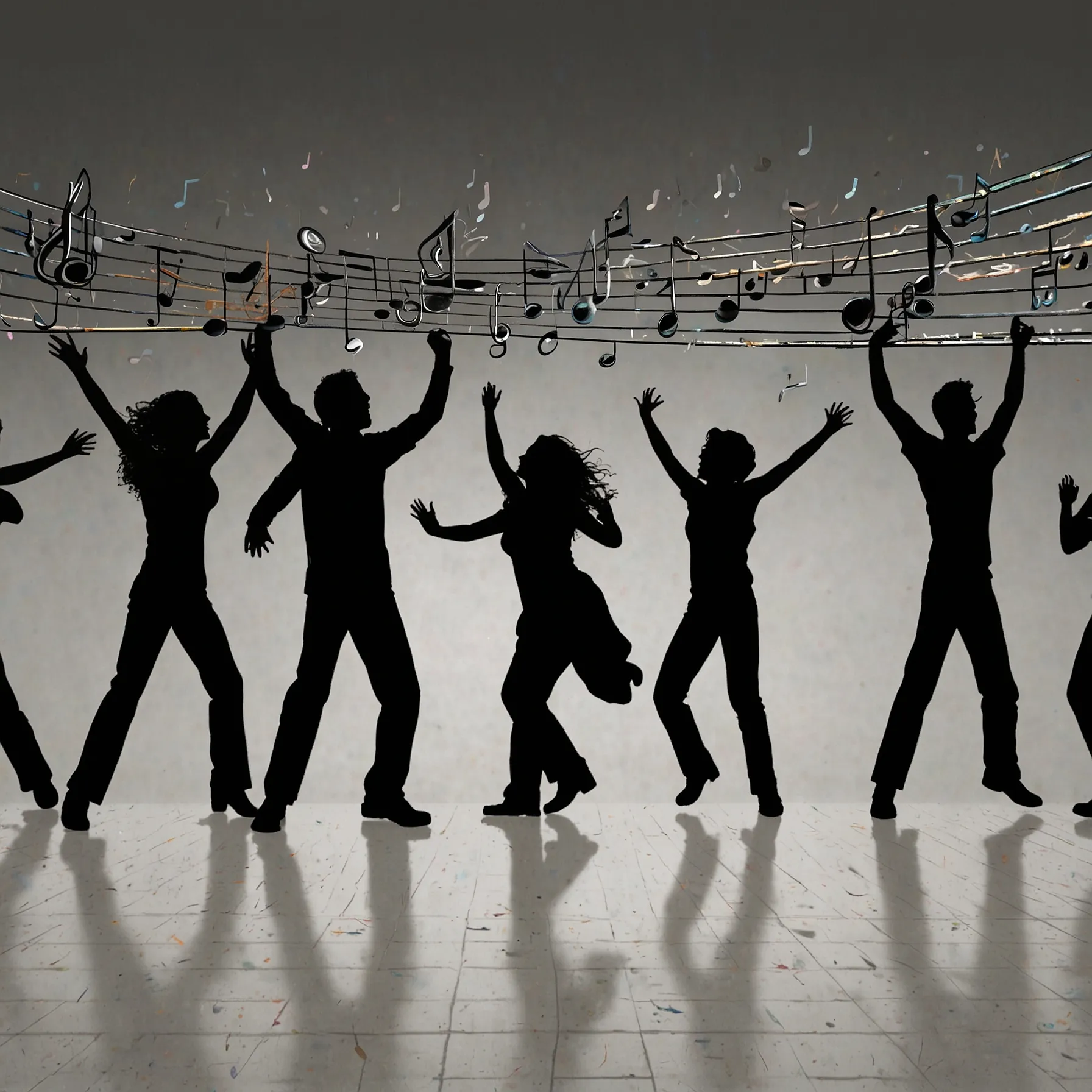Long before selfies became a thing, the ancient Greeks and Romans spun a tale about a guy who was a bit too into his own reflection. Narcissus was this ridiculously handsome dude on a quest for love. After giving a nymph named Echo the cold shoulder, he stumbled upon his own reflection in a river and, well, couldn’t look away. He eventually drowned, and now we have a flower named after him—the Narcissus. This myth perfectly encapsulates the essence of narcissism: being overly absorbed in oneself.
However, narcissism isn’t just some ancient story or something you’d find in advice columns. It’s actually a well-studied psychological trait. At its core, narcissism is about having an inflated sense of self-importance. Narcissists often believe they’re better looking, smarter, and generally superior to others, feeling they deserve special treatment.
Psychologists identify two main types of narcissism: grandiose and vulnerable. Grandiose narcissists are your typical extroverted, dominant, attention-seeking types—think politicians or celebrities. But just because someone seeks power or fame doesn’t mean they’re a narcissist. Many aim for these roles to achieve their potential or help others.
On the flip side, vulnerable narcissists are more introverted and reserved. They still have an inflated sense of entitlement but are more easily threatened. Both types of narcissists can create long-term issues. They may be selfish, make risky decisions, and can become aggressive when their self-image is challenged.
At its extreme, this behavior can be classified as narcissistic personality disorder, affecting about one to two percent of adults, more often men. This disorder is full of traits like a grandiose view of oneself, lack of empathy, a sense of entitlement, and an insatiable need for admiration and attention. These traits can take over people’s lives, causing significant issues for the individuals themselves and those around them.
So, what’s behind narcissism? Genetics play a role, but the environment matters too. Parents who overly praise their children might encourage grandiose narcissism, while cold, controlling parents might lead to vulnerable narcissism. Cultures valuing individuality and self-promotion, like the US, also see higher narcissism rates.
And yes, social media has given narcissists a perfect platform for self-promotion, but there’s no solid proof it causes narcissism. Rather, it’s just a new playground for narcissists to seek attention.
Can narcissists work on their negative traits? Absolutely. Therapy and practicing compassion can help. However, it’s tough for narcissists to keep at it, especially when self-reflection isn’t their strong suit. But with effort, improvement is possible.






